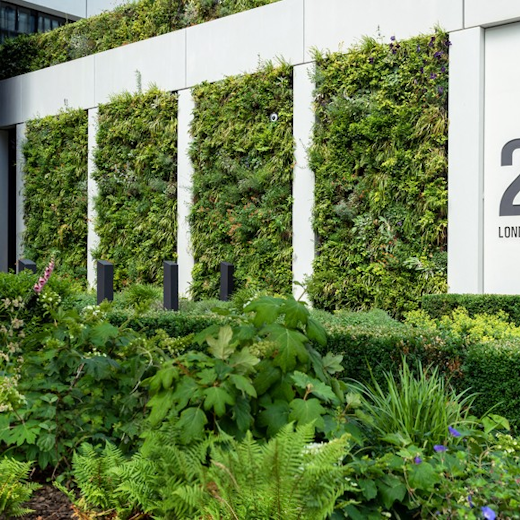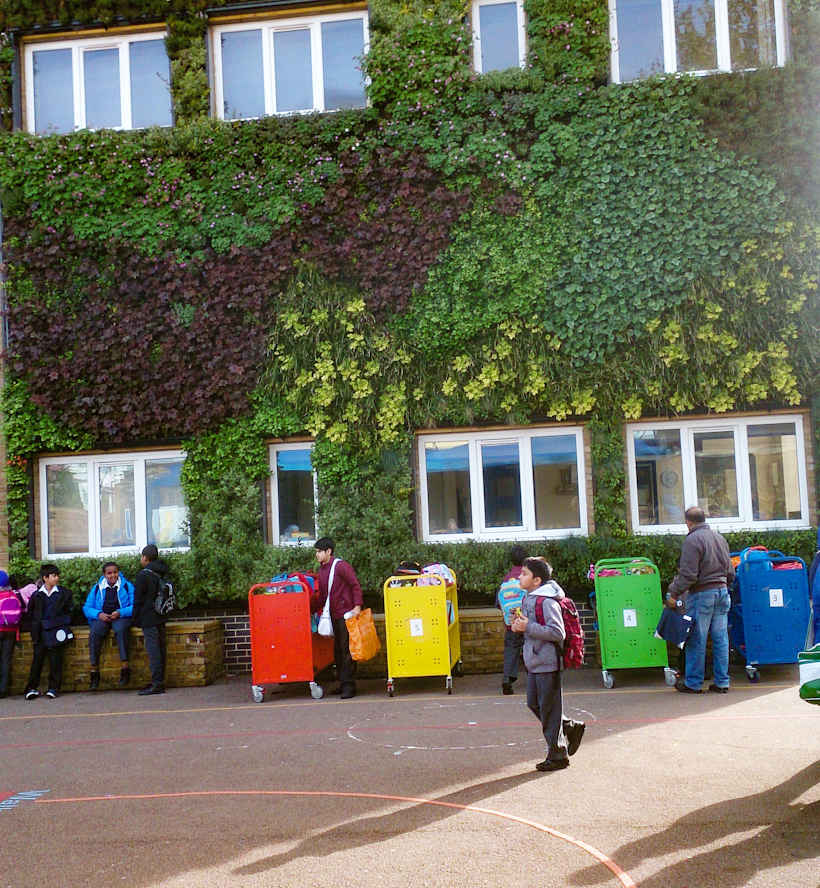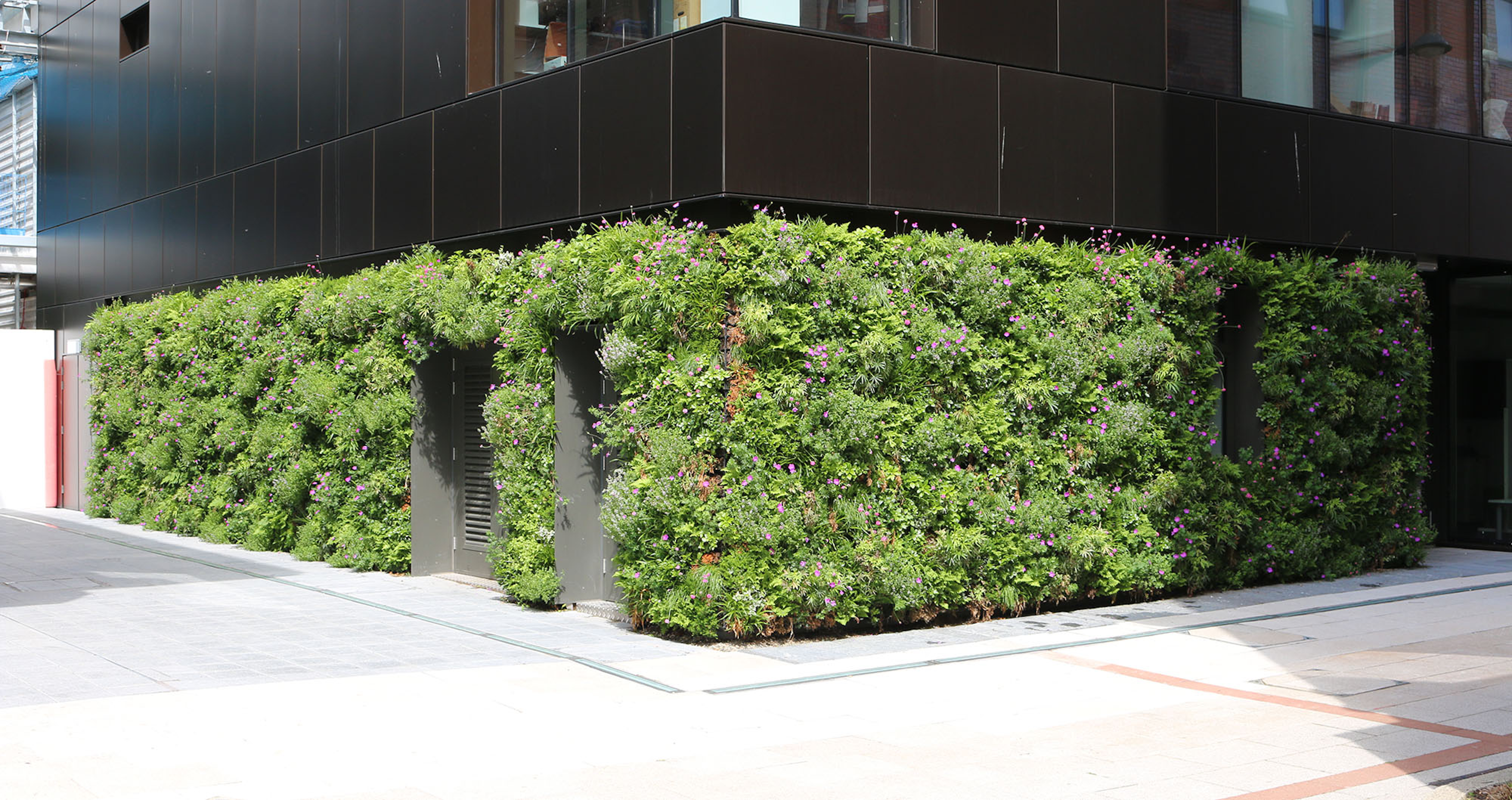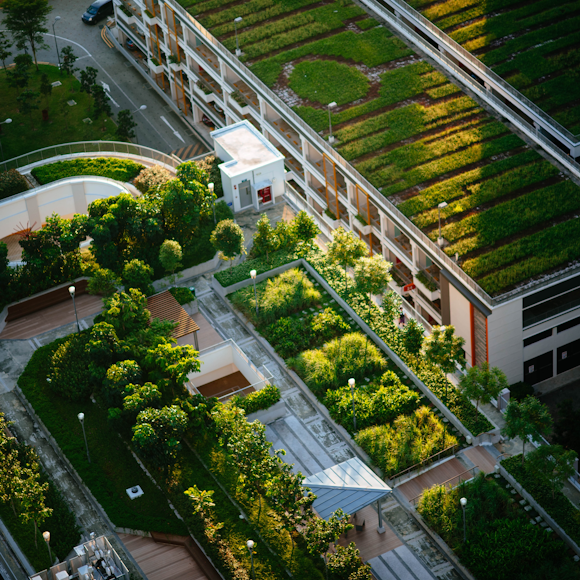As we become increasingly aware of the importance of environmental issues, there is one sector in which sustainability is now more crucial than ever.
Responsible for 37% of energy and process-related CO2 emissions, the building and construction sector significantly impacts the global environment. With an estimated 60-70% increase in energy use in buildings projected by 2050, it is imperative that more sustainable practices in the design, construction, and operation of the built environment are adopted.
What is environmental architecture?
The building and construction industry is responsible for considering the environmental impact of its operations and striving towards a more sustainable approach to protect our planet. This can be achieved through environmental architecture.
Environmental architecture or green architecture is a design approach that prioritizes sustainability and minimizes the negative impact of buildings on the natural environment. It integrates environmentally conscious strategies into the design and construction of buildings, taking into account factors such as energy efficiency, renewable energy, water conservation, and waste reduction.
The goal of environmental architecture is to create structures that are not only functional and aesthetically pleasing, but also sustainable and in harmony with the natural environment. This approach involves considering the full life cycle of a building, from the sourcing of materials to its eventual decommissioning, and seeks to minimize its impact on the environment at every stage.
What is an example of environmental architecture: Living walls
A living wall, also known as a green wall or vertical garden, is an example of environmental architecture. Living walls are wall-mounted structures covered in vegetation, typically a mix of flowering and foliage plants, mosses, and ferns. Living walls serve several environmental purposes:
- They improve air quality by filtering pollutants from the air and releasing oxygen through photosynthesis.
- They provide insulation and help regulate the temperature inside the building, reducing energy consumption for heating and cooling.
- They increase biodiversity by providing habitat for insects, birds, and other wildlife.
Living walls are often designed and installed with the use of modular planters and an irrigation system, making them easy to maintain and adaptable to various climates and environments. They are a prime example of how environmental architecture can enhance buildings' functionality and beauty while contributing to a healthier and more sustainable environment.

Why is environmental architecture important?
Environmental architecture is important due to buildings' significant role in resource consumption and waste generation.
A recent report by the World Green Building Council estimated that the building sector is responsible for over 60% of global electricity consumption and 40% of total energy use. Additionally, the construction, operation, and demolition of buildings generate large amounts of waste, with an estimated 40% of total global waste being generated by the building sector.
By incorporating environmentally conscious design strategies, such as energy-efficient building materials, renewable energy systems, and sustainable water management practices, environmental architecture can:
Reduce the environmental impact of buildings
Environmental architecture is important in reducing the environmental impact of buildings because it addresses the negative impacts that buildings can have on the environment. The construction and operation of buildings are significant contributors to climate change, air pollution, water pollution, and the depletion of natural resources.
Without the incorporation of sustainable design principles and technologies, buildings would continue to have negative impacts on the environment. However, through environmental architecture, buildings can be designed and constructed in a way that minimizes their environmental footprint by reducing energy consumption, promoting water efficiency, using sustainable building materials, and creating healthy indoor environments.
Achieve compliance with environmental and structural regulations
Environmental architecture is aimed at building structurally, and environmentally sound buildings. By implementing a more sustainable approach to the design of buildings, environmental architecture can solve regulatory challenges and planning conditions.
Environmental standards such as BREEAM (Building Research Establishment Environmental Assessment Method) and WELL, provide a framework for designing, constructing, and operating environmentally friendly and health-promoting buildings. These standards play a huge role in environmental architecture by setting a benchmark for sustainable design and construction practices. They encourage the use of green technologies, energy-efficient systems, and healthier indoor environments, helping to reduce the environmental impact of buildings and promote the well-being of those who occupy them.
By taking a holistic approach to sustainable design, environmental architects can create buildings that are not only environmentally friendly, resilient, durable and cost-effective long term.
Looking for environmental architecture consultancy?
Are you in the early stages of development? Are you looking to capitalise on environmental assets? Are you interested in learning more about living walls? Our team at Viritopia has you covered.

Increase Energy Efficiency
Environmental architecture is important in increasing the energy efficiency of buildings and helping to reduce the greenhouse gas emissions they create. This can be achieved through the use of energy-efficient building materials, renewable energy systems, and energy-saving technologies such as:
- Solar panels.
- Living wall systems (for insulation and temperature regulation).
- High-performance windows (for insulation, temperature regulation, and natural light sources).
- Green roofs (for insulation and temperature regulation).
By reducing energy consumption, environmental architecture can help lower operating costs, improve energy security, and mitigate the impact buildings have on climate change by reducing the need for non-renewable energy sources.
Improve health and well-being
The design of a building can impact the health and well-being of occupants massively if environmental and structural standards aren’t met.
Environmental architecture ensures buildings are designed with the planet and people in mind. Through the use of sustainable design strategies, environmental architects can create spaces that promote health and well-being through:
- Indoor environmental quality: Environmental architecture focuses on improving indoor environmental quality by incorporating design elements that promote healthy indoor air quality, natural light, and temperature control. This helps to create a comfortable and healthy living environment that can reduce the risk of respiratory and other health problems, increase productivity, and improve overall well-being.
- Biophilia: Environmental architecture often incorporates elements of nature, such as green roofs, living walls, and natural ventilation, into building design. This can improve access to nature, boost mental and physical health, and reduce stress levels.
- Active Design: Environmental architecture often incorporates active design elements, such as stairs and bike storage, that encourage physical activity and promote healthy lifestyles. This helps to combat the negative health effects of sedentary lifestyles, such as obesity, heart disease, and other chronic conditions.
- Community Building: Environmental architecture can help to create a sense of community by designing spaces that encourage social interaction and promote community engagement. This can improve mental health, foster a sense of belonging, and create a supportive environment that promotes well-being.

Environmental architecture with Viritopia
Are you in the early stages of development? Are you looking to capitalise on environmental assets? Are you interested in learning more about living walls? Then look no further. Our team at Viritopia has you covered.
Viritopia has over 20 years of experience designing and maintaining green infrastructure to create a detailed analysis of how a scheme will meet regulatory requirements. We help a faster planning process and provide you with what’s needed to take your project to the next level. Head to our site to book a living wall consultancy or explore more about our green walls and their benefits.


